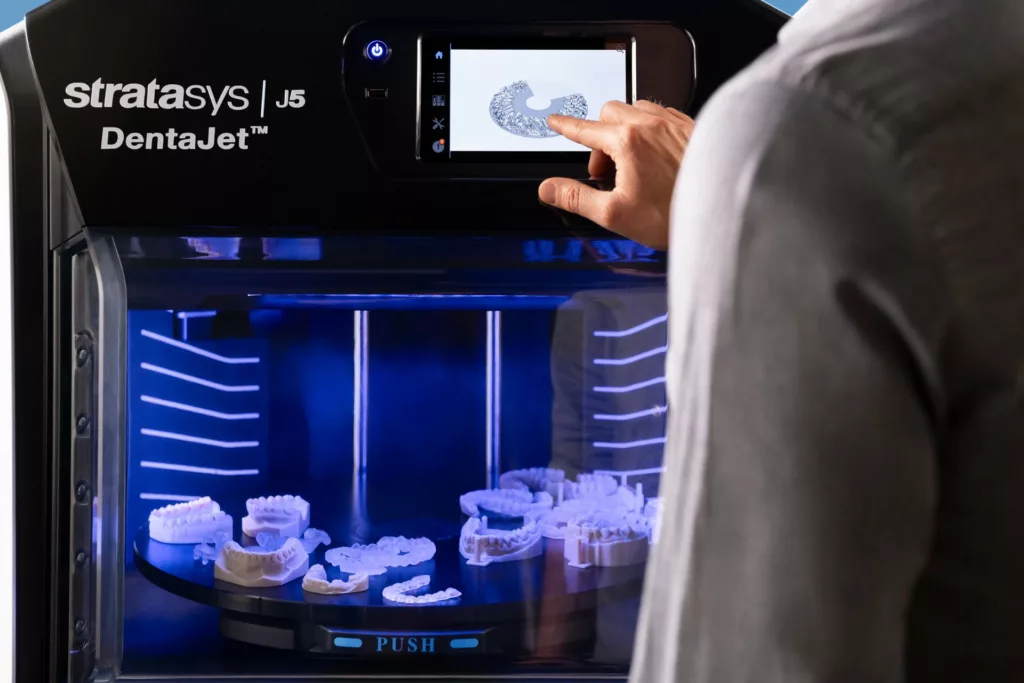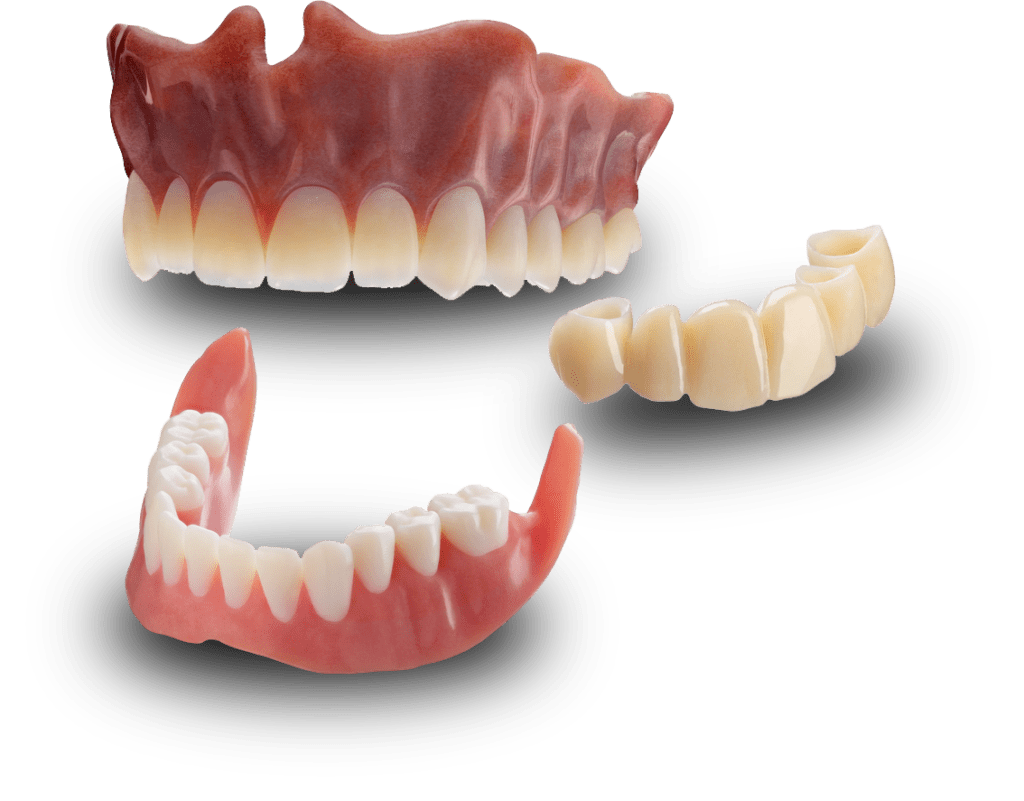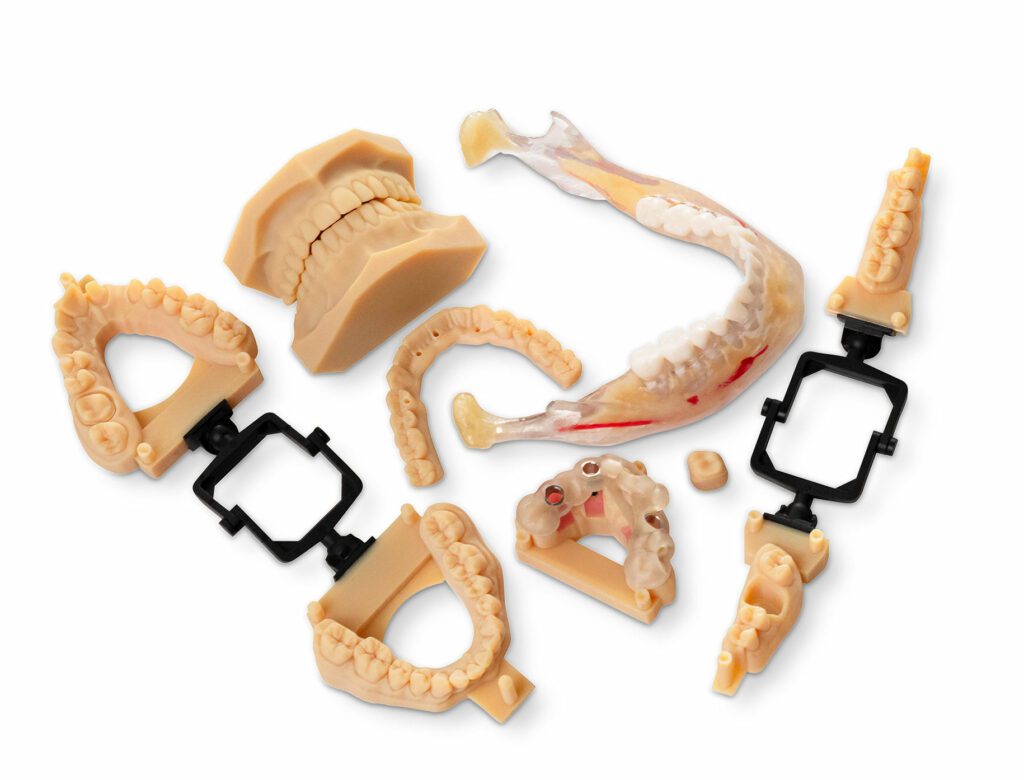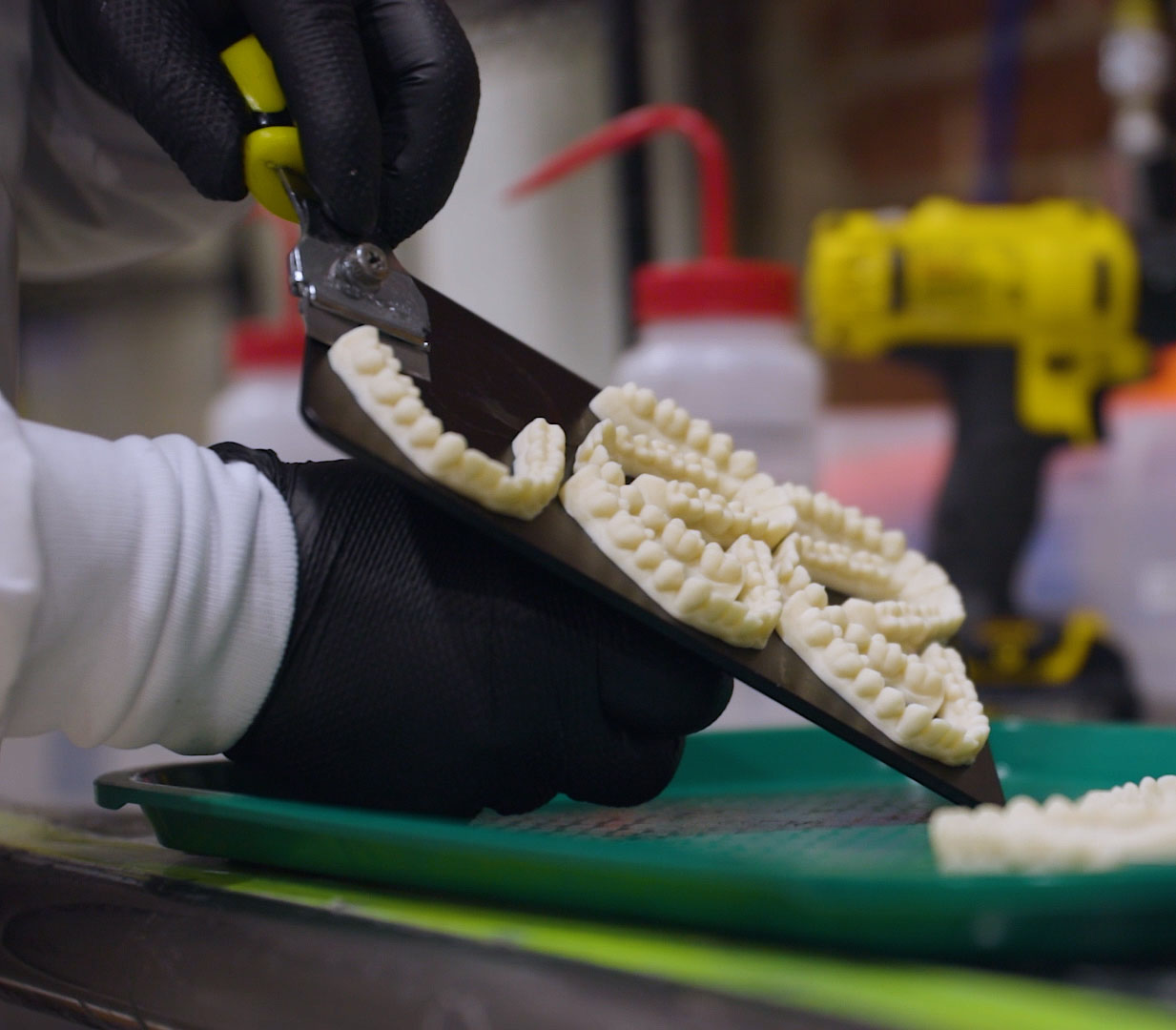3D printing is revolutionising dentistry, offering faster, more cost-effective and specialised solutions for creating a range of customisable dental products.
Fuelled by ongoing technological advancements, dental 3D printers are rapidly being adopted by more and more dental labs and individual practices, who are finding an increasingly diverse range of applications, including customised orthodontic models and intricate surgical guides.
3D printing offers innovative and cutting-edge technology that provides a multitude of benefits for both dentists and patients.

The emergence of 3D printing in the dentistry industry
Traditionally, critical dental products such as dental implants, moulds and surgical guides were produced using manual, hand crafted methods or mass uniform production runs, both of which were time-consuming, costly and inconsistent.
As demands for dental care have grown in recent years and patients are taking more care of their appearance, these traditional production methods can no longer keep up with demand. These traditional methods lack the precision and efficiency required to produce high-volumes of customised parts.
Early adopters of dental 3D printing primarily used it for creating diagnostic models and surgical guides. However, as 3D printing technologies and materials have advanced in recent years, it has unlocked a much wider range of applications for the entire dental industry.
Key applications of dental 3D printing
- Dental implants
- Surgical guides
- Orthodontic appliances
- Restorations (inc. crowns, bridges, dentures and inlays)
- 3D printed dental models
- Removables (inc. dentures, retainers)

How 3D printing is revolutionising the dentistry industry
Speed
The introduction of 3D printing into dental care has significantly reduced production timeframes, allowing dental labs to produced specialised, detailed and accurate models in-house, in a matter of hours.
Efficiency
With such high industry demand, 3D printing has enabled dental labs to maximise efficiency by enabling the production of multiple specialised models and varying applications simultaneously.
Accuracy
Accuracy is paramount for the production of such critical dental care products. 3D printing eliminates any subjectivity or potential for human error by digitalising the design and production process to guarantee high-accuracy dental products.
Customisation capabilities
With a wide range of advanced materials, colours, and textures available, 3D printing allows dentists to produce highly customised replicas of a patient’s teeth, gums, and jawbone structure. This is vital for restorations, removables and surgical guides, significantly improving patient outcomes.
Cost-effective production
By enabling dental labs to bring production in-house, 3D printing allows for on-demand production, saving thousands on unused products, as well as minimising costly reliance on outsourcing.







